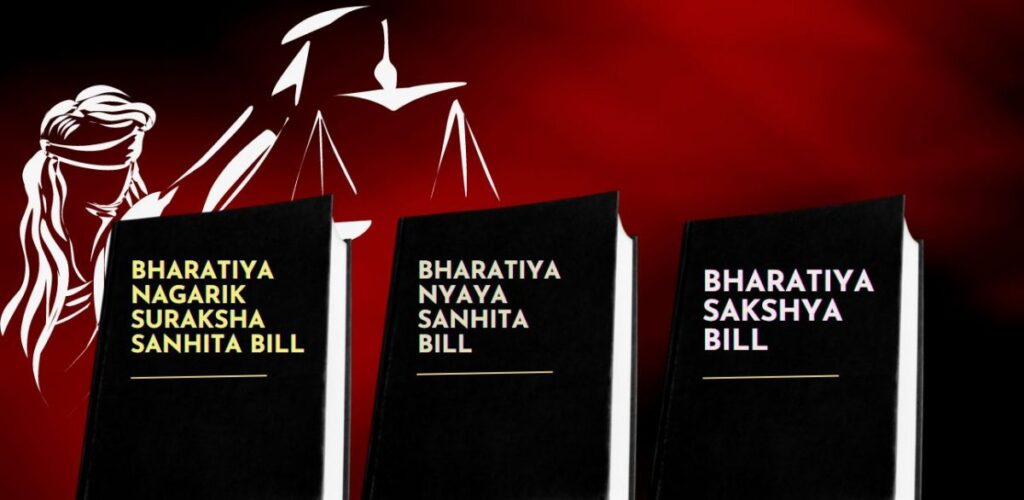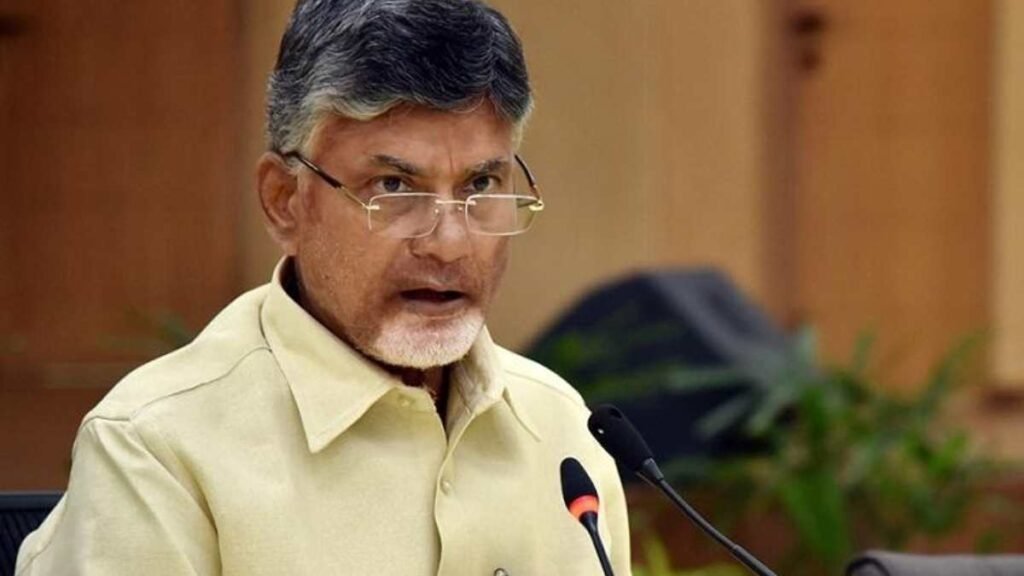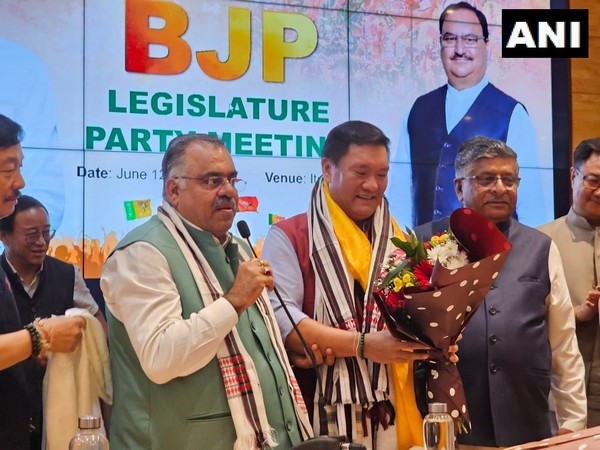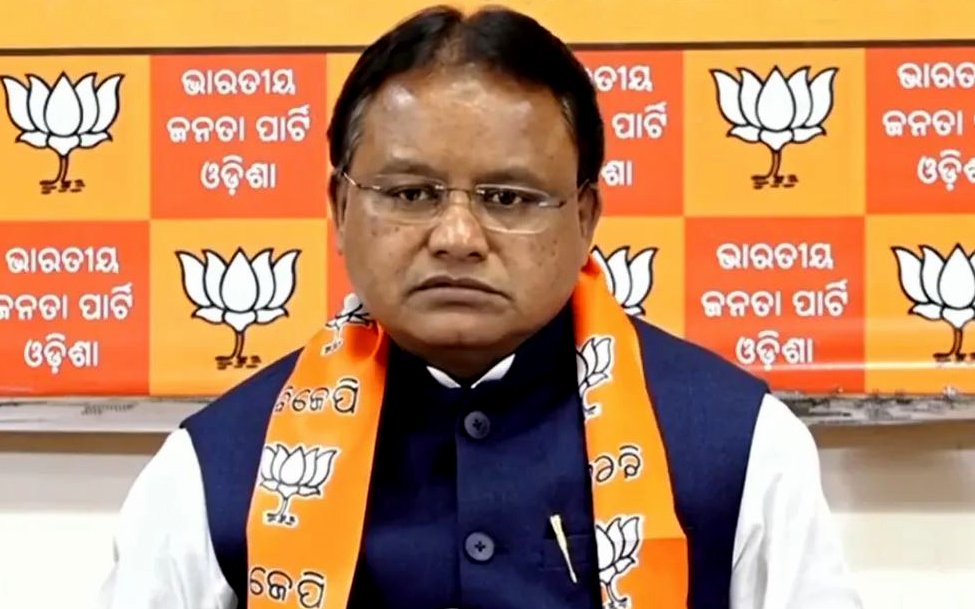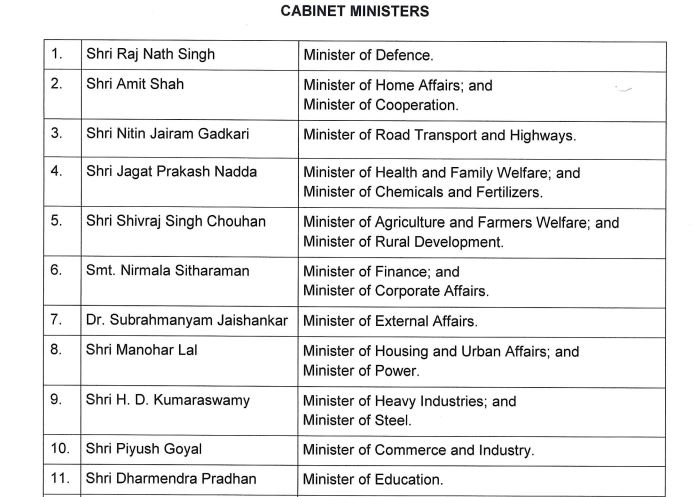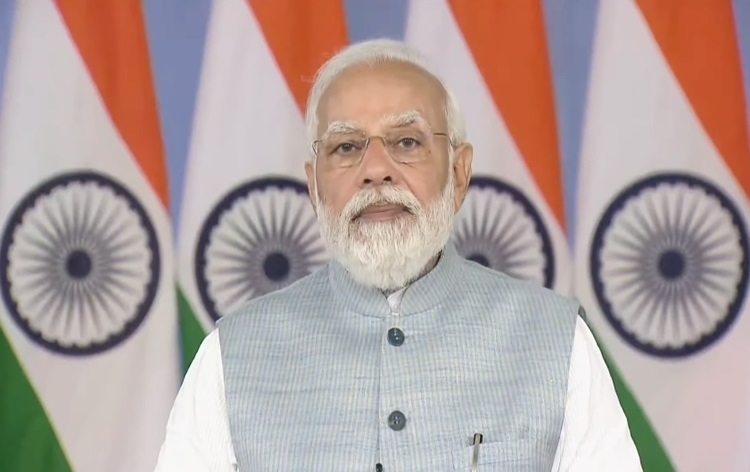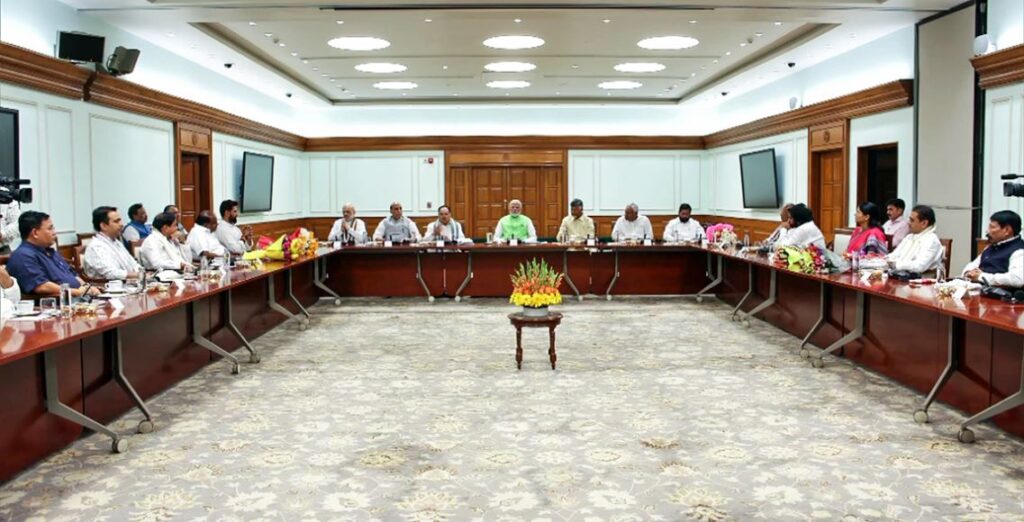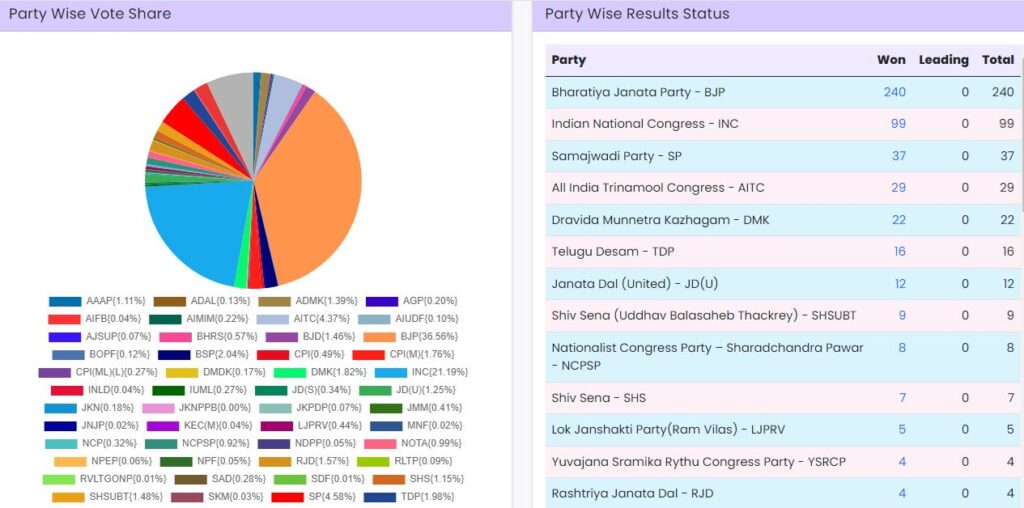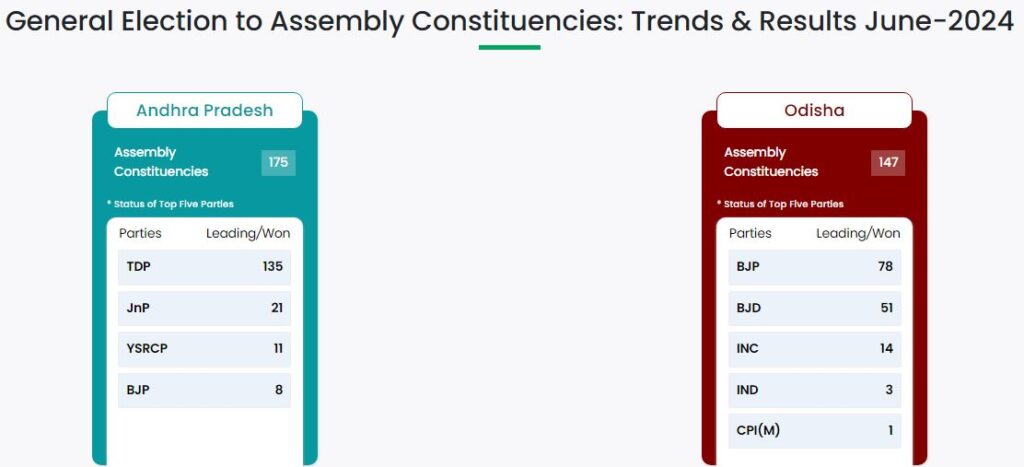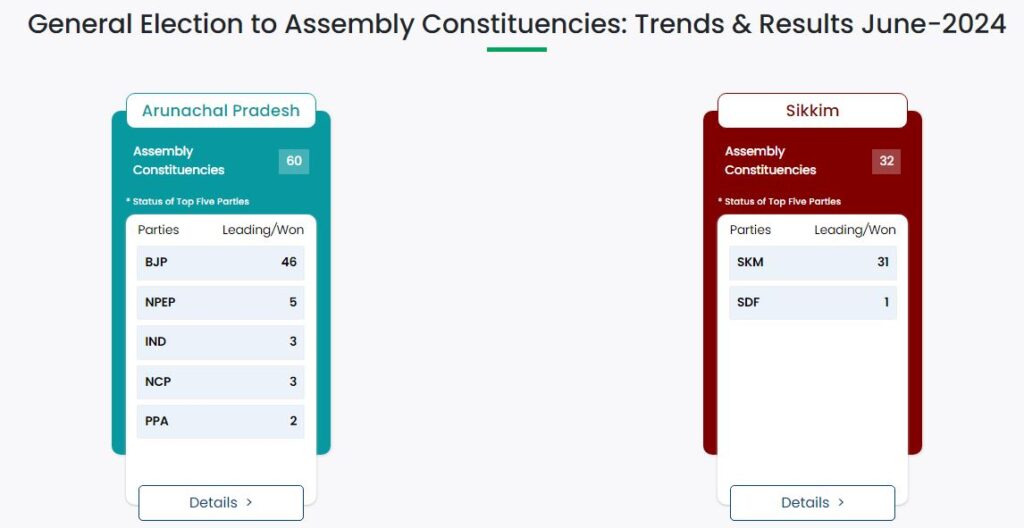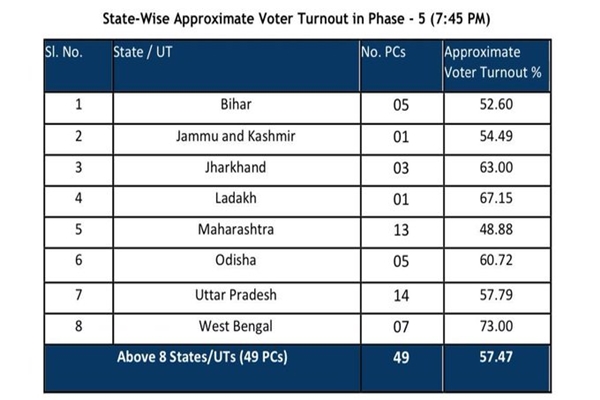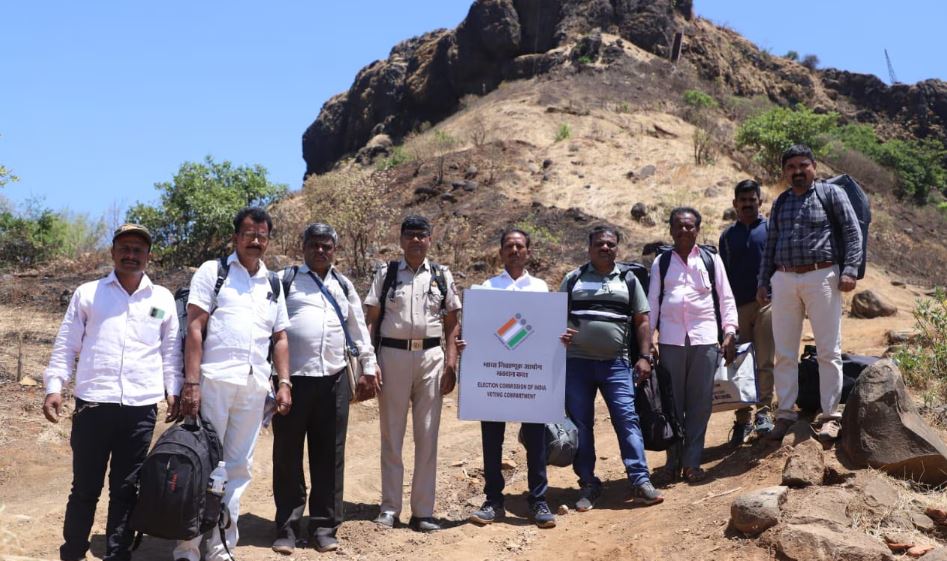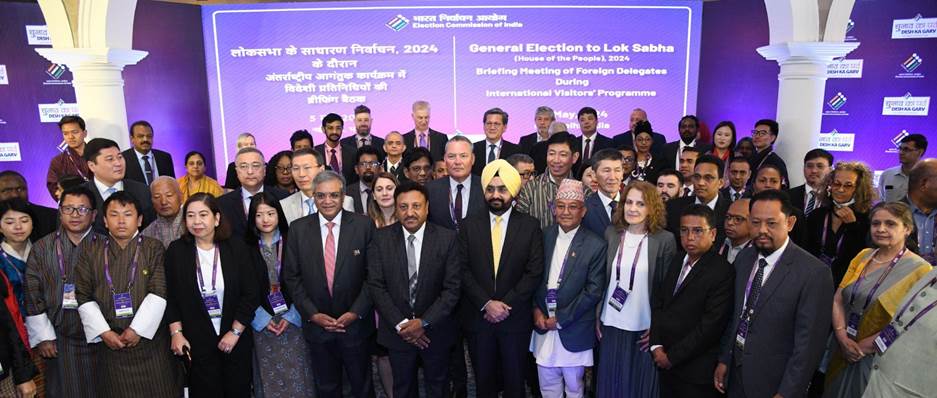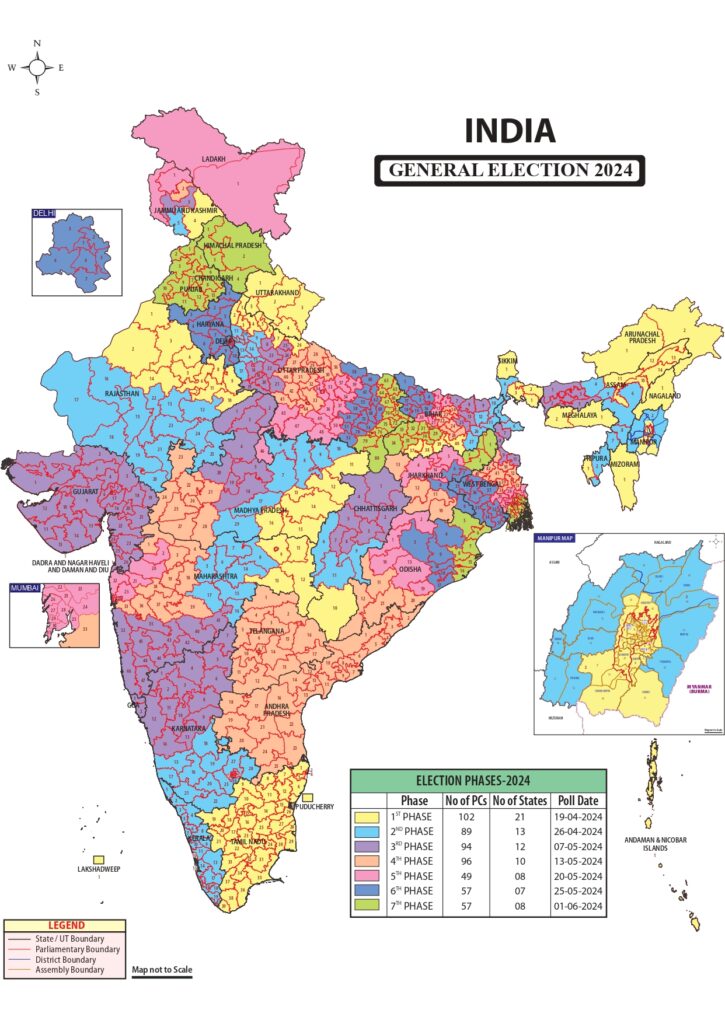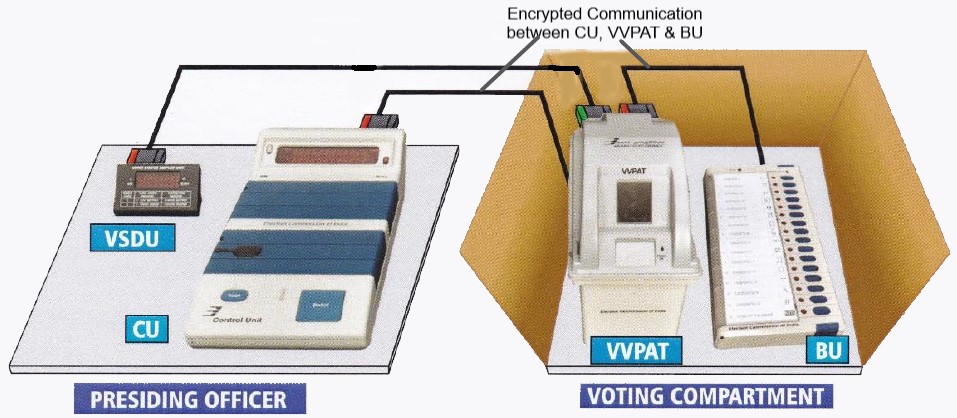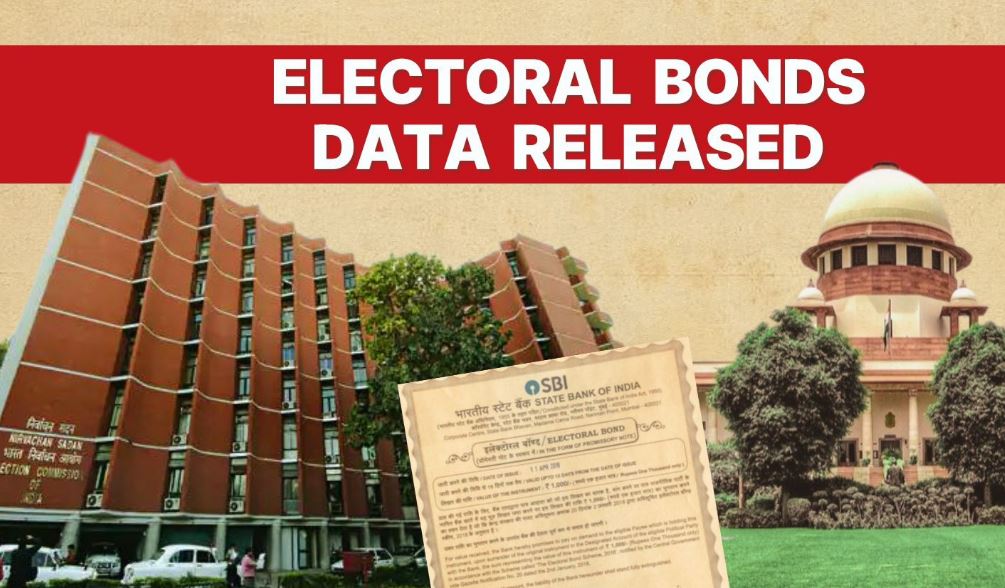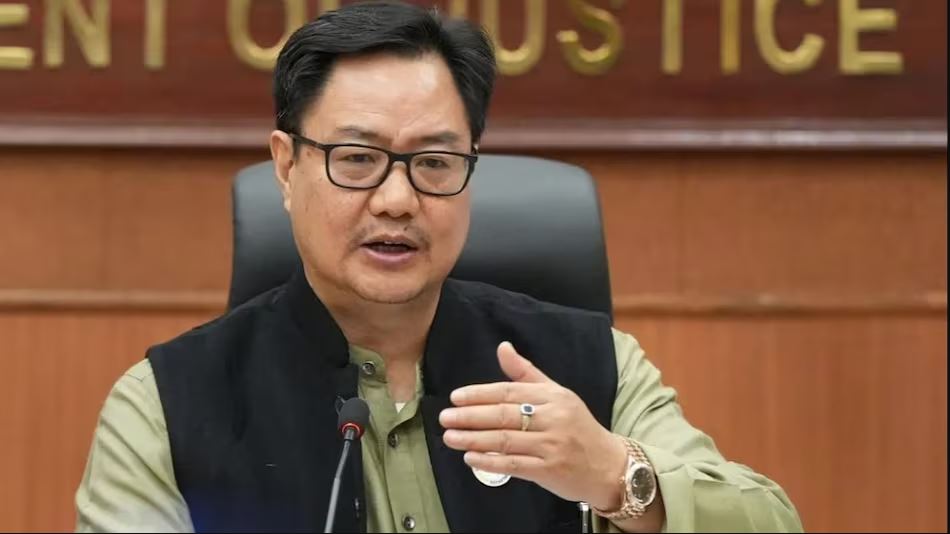First Session of the 18th Lok Sabha from June 24 to July 3, 2024.
First Session of the 18th Lok Sabha which began on June 24, and scheduled to run up to July 3, 2024.
Oath-taking ceremony: All newly elected Members of Parliament (MPs), including Prime Minister Narendra Modi, took oath. This session marked the historic first swearing-in ceremony in the new Parliament building.
Speaker election: The session will witness the election of the new Lok Sabha Speaker.
President’s address: The President of India will address the House, outlining the government’s agenda.
Possible stormy sessions: The opposition, strengthened after the elections, staged protests highlighting concerns about democracy and the controversial NEET-UG 2024 exam.
The 264th Session of Rajya Sabha will also commence on June 27 and conclude on July 3.
Q: What is a significant aspect of this first Session of the 18th Lok Sabha which began on June 24, 2024?
a) Introduction of a new voting system
b) First oath-taking ceremony in a newly built Parliament building
c) Introduction of a no-confidence motion against the Prime Minister
d) Farewell address by the outgoing President
Ans : b) First oath-taking ceremony in a newly built Parliament building
This session marked the historic first swearing-in ceremony of newly elected Members of 18th Lok Sabha, in the new Parliament building.
